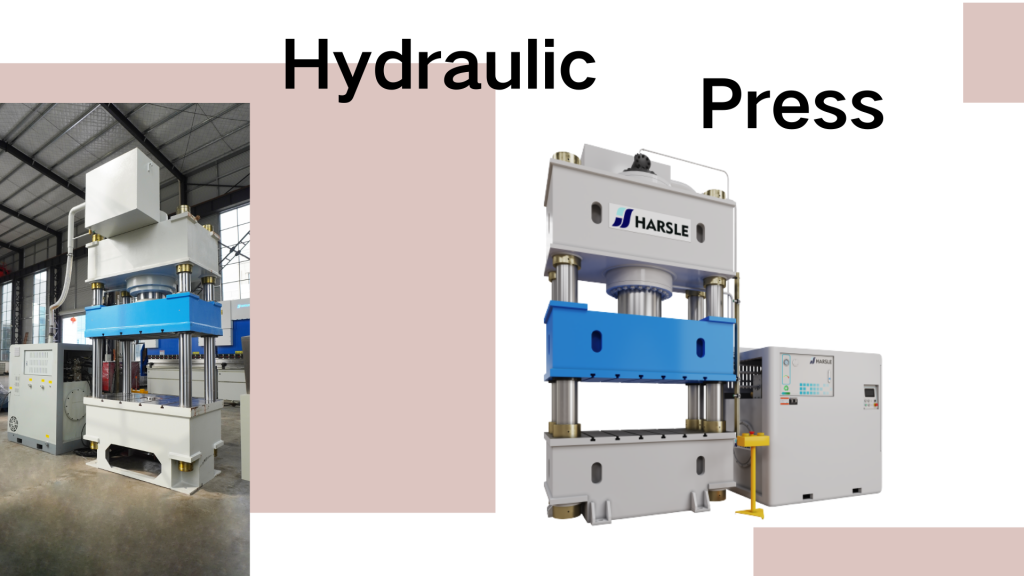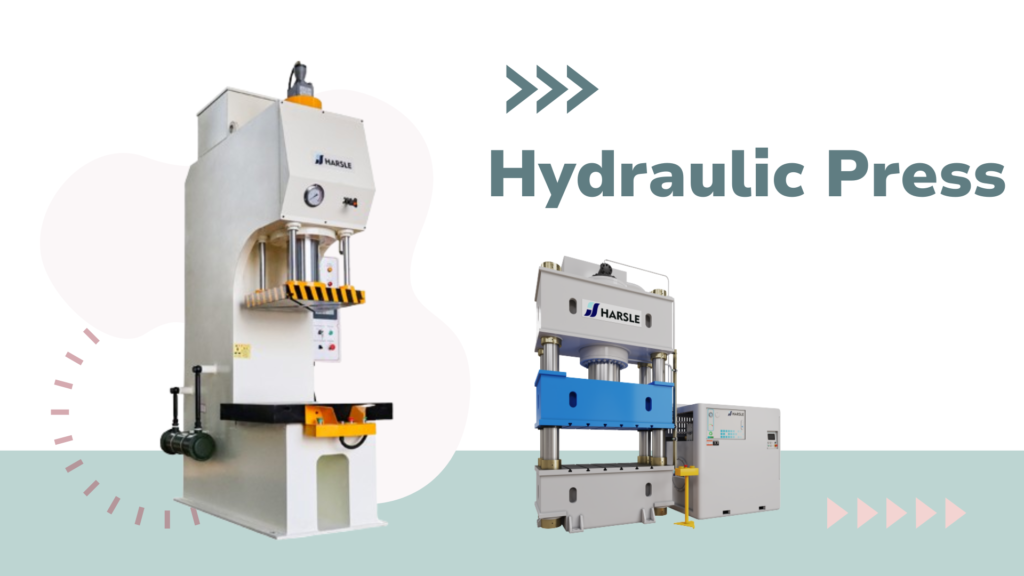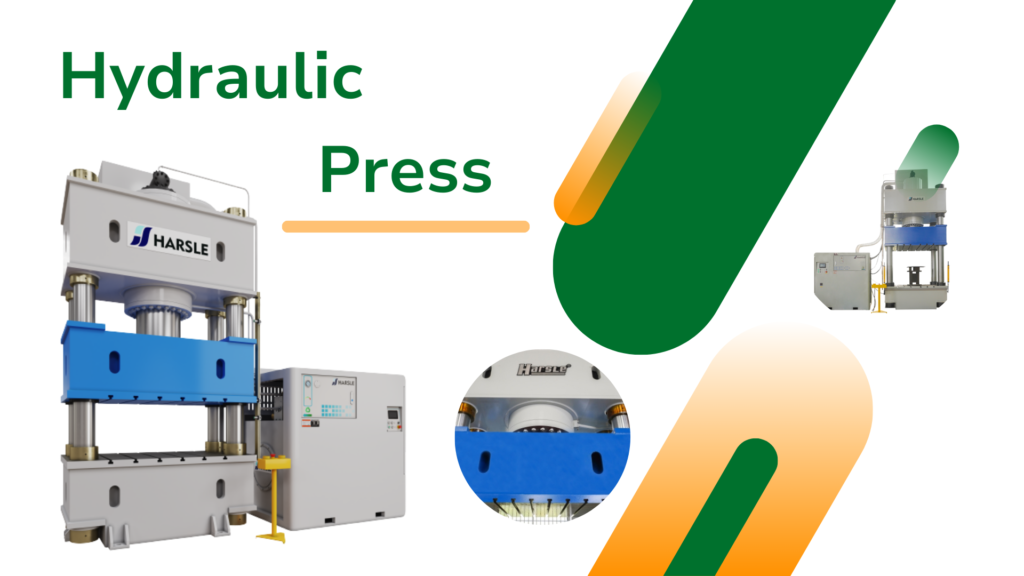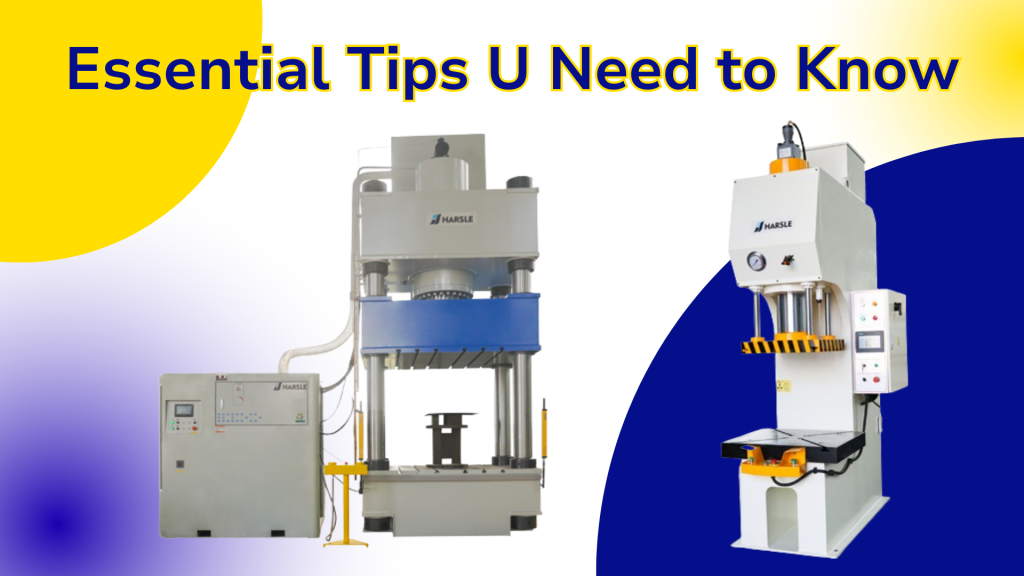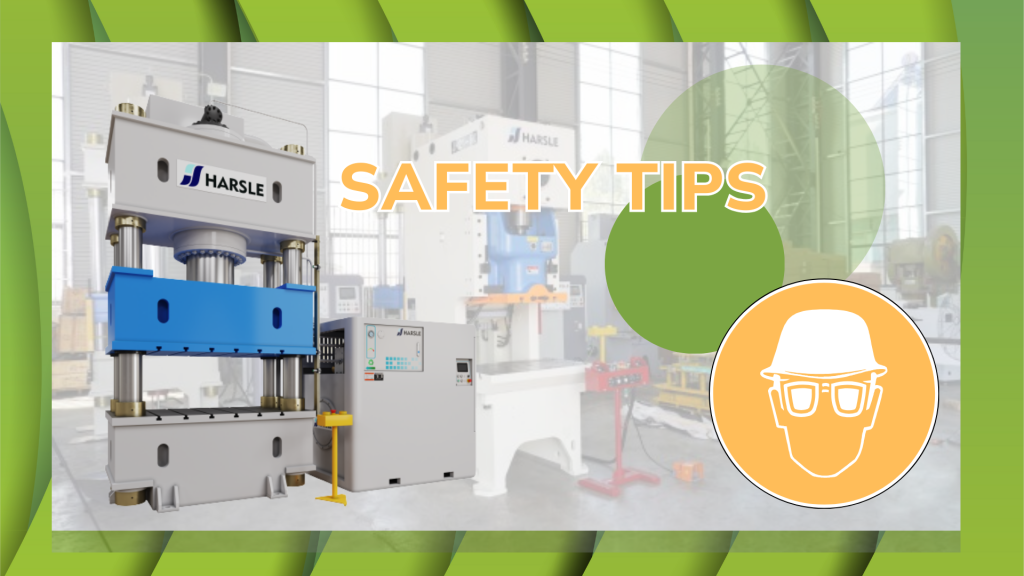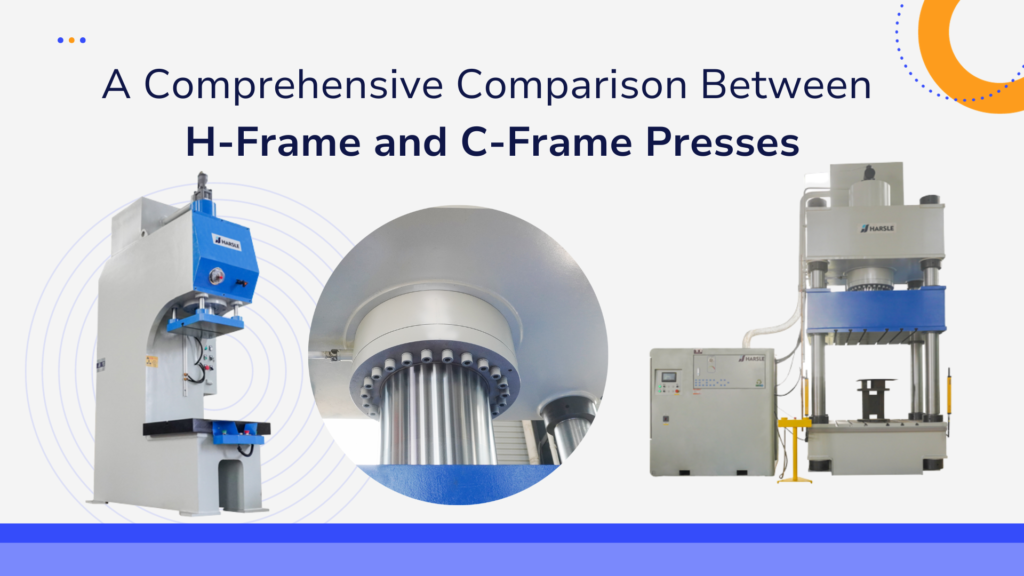A Complete Guide to Maximizing Efficiency with Modern Hydraulic Press Automation

As companies seek ways to streamline operations, reduce costs, and improve production output, modern hydraulic press automation has emerged as a game-changer. By integrating advanced technology with traditional hydraulic presses, manufacturers can unlock new levels of productivity, precision, and safety. This comprehensive guide will explore the benefits, components, and strategies for maximizing efficiency with hydraulic press automation.
1. Understanding Hydraulic Press Automation
Hydraulic presses have long been a staple in industries that require heavy-duty material processing, from metal forming to plastic molding. Traditional presses rely on manual or semi-automated controls, which can limit efficiency and introduce variability. However, automation takes these machines to the next level by integrating cutting-edge technology to handle repetitive tasks, optimize processes, and improve output accuracy.
Modern hydraulic press automation refers to the use of programmable systems, sensors, and robotics to control the operation of the press. Automated presses can be tailored to perform specific tasks with greater speed and consistency, making them ideal for high-volume production environments.

2. Benefits of Hydraulic Press Automation
Integrating automation into hydraulic presses offers numerous advantages that translate to improved operational efficiency:
a. Increased Production Speed
Automated hydraulic presses can operate faster than manually controlled machines, drastically reducing cycle times. Automation eliminates the need for human intervention in repetitive processes, allowing the machine to continuously operate at its maximum capacity.
b. Improved Accuracy and Precision
Automation reduces human error, resulting in more consistent and precise outputs. With programmable logic controllers (PLCs) and computer numerical control (CNC) systems, the press can be finely tuned to perform the same task with exact precision every time, which is critical in industries like aerospace, automotive, and electronics.
c. Enhanced Safety
Safety is a top priority in any manufacturing environment, and hydraulic press automation reduces the risk of injury by removing operators from hazardous areas. Automated presses are equipped with sensors, safety guards, and emergency stop functions that ensure safe operation and prevent accidents.
d. Lower Operational Costs
Although the initial investment in automation may be significant, it ultimately leads to reduced labor costs, fewer material wastages, and minimized downtime. Automated presses require less human intervention, which allows workers to focus on higher-value tasks, thus improving overall operational efficiency.
e. Better Data Collection and Monitoring
Automated systems allow for real-time data collection and monitoring of press operations. Sensors and software provide insights into performance metrics like cycle time, tonnage, and machine wear, enabling proactive maintenance and reducing the risk of unplanned downtime.

3. Key Components of Hydraulic Press Automation
To fully understand how automation maximizes efficiency in hydraulic presses, it’s important to break down the key components that make it possible.
a. Programmable Logic Controllers (PLCs)
PLCs are the brains behind hydraulic press automation. These digital computers control and monitor the machine’s operations by receiving input from sensors and executing pre-programmed instructions. PLCs can be programmed to manage various press functions, such as adjusting pressure, regulating cycle time, and ensuring safety protocols.
b. Human-Machine Interface (HMI)
An HMI is the visual interface through which operators can interact with the hydraulic press. Modern HMIs provide intuitive touchscreens where operators can monitor the machine’s status, configure settings, and access real-time data. The HMI simplifies machine control and enhances operator convenience.
c. CNC Systems
Computer Numerical Control (CNC) technology is often integrated with hydraulic presses to provide precise control over the machine’s movements and operations. CNC systems ensure that tasks like metal bending or stamping are performed with high accuracy, reducing waste and ensuring consistent results.
d. Sensors and Actuators
Sensors play a crucial role in monitoring machine performance, detecting anomalies, and ensuring the safety of the press. Common sensors include pressure transducers, proximity sensors, and limit switches. Actuators are responsible for converting electrical signals into mechanical movements, ensuring that the press operates smoothly and precisely.
e. Robotics and Material Handling Systems
Robotics can be integrated into hydraulic press automation to handle tasks such as loading and unloading materials. Automated material handling systems reduce manual labor, speeding up the production process and minimizing the risk of injury. Robots are particularly useful in high-volume production environments where consistency and speed are critical.
f. Safety Systems
Automated hydraulic presses come with advanced safety systems, including light curtains, safety mats, and emergency stop buttons. These systems prevent the press from operating when an operator is in a dangerous position and can halt the machine instantly in case of an emergency.

4. Steps to Maximizing Efficiency with Hydraulic Press Automation
To fully benefit from hydraulic press automation, manufacturers should implement the following strategies to optimize efficiency:
a. Evaluate Your Production Needs
The first step in maximizing efficiency is understanding your production requirements. Analyze your current operations to identify bottlenecks, inefficiencies, and opportunities for improvement. Consider factors such as production volume, material type, and cycle time when determining the level of automation required.
b. Choose the Right Automation Technology
Not all hydraulic presses are created equal, and the level of automation needed will vary depending on your specific application. For instance, a CNC press brake may be ideal for precision bending tasks, while a fully automated stamping press may be better suited for high-speed production. Work with your machine provider to select the right automation solution for your needs.
c. Integrate Data Monitoring and Analytics
Data collection and analysis are key to maximizing efficiency. Equip your automated press with sensors and software that can provide real-time data on performance metrics such as cycle time, pressure, and wear. Use this data to identify trends, optimize machine settings, and schedule preventive maintenance.
d. Train Operators on Automation Systems
Even though automated presses require less human intervention, operators still need to understand how to interact with the machine’s systems. Ensure that your team is properly trained on how to use the HMI, monitor the PLC, and troubleshoot common issues. Well-trained operators can quickly identify and resolve potential problems before they lead to costly downtime.
e. Prioritize Preventive Maintenance
Automation doesn’t eliminate the need for regular machine maintenance. In fact, with the increased speed and precision of automated presses, maintenance becomes even more critical. Implement a preventive maintenance schedule based on the data collected from sensors and analytics to reduce wear and tear on components and extend the lifespan of the press.
f. Focus on Safety
While automation improves safety by reducing human interaction with the press, it’s still essential to prioritize safety protocols. Regularly inspect and test safety systems, ensure that emergency stop functions are in place, and conduct periodic safety training for operators.

5. Common Challenges and Solutions in Hydraulic Press Automation
While hydraulic press automation brings numerous benefits, it also comes with its challenges. Understanding these challenges and knowing how to address them can further enhance efficiency.
a. High Initial Investment
Automating a hydraulic press can involve significant upfront costs, including the purchase of new equipment, software, and integration services. However, the long-term benefits of increased productivity, reduced labor costs, and improved output quality often outweigh the initial investment.
b. Integration with Existing Systems
For manufacturers with legacy equipment, integrating new automation technology with existing hydraulic presses can be challenging. Working with a knowledgeable automation provider can help ensure a smooth transition, and in some cases, retrofitting older machines with modern automation systems is a viable option.
c. Downtime During Implementation
Implementing automation may require temporary downtime as the new system is installed, programmed, and tested. Proper planning, training, and testing can minimize this downtime and ensure a smooth rollout.

6. The Future of Hydraulic Press Automation
As industries continue to embrace Industry 4.0, the future of hydraulic press automation looks promising. Innovations such as IoT integration, AI-driven predictive maintenance, and energy-efficient designs are poised to further enhance the performance of automated hydraulic presses. By adopting these technologies, manufacturers can stay ahead of the competition and continue to push the boundaries of efficiency.
Conclusion
Hydraulic press automation represents a significant leap forward for manufacturers seeking to maximize efficiency, improve output quality, and enhance safety. By integrating PLCs, CNC systems, sensors, and robotics into hydraulic presses, businesses can streamline their production processes and achieve higher levels of consistency and precision. Although there are challenges in implementing automation, the long-term benefits are clear. With proper planning, training, and maintenance, manufacturers can unlock the full potential of modern hydraulic press automation and position themselves for success in an increasingly competitive market.


